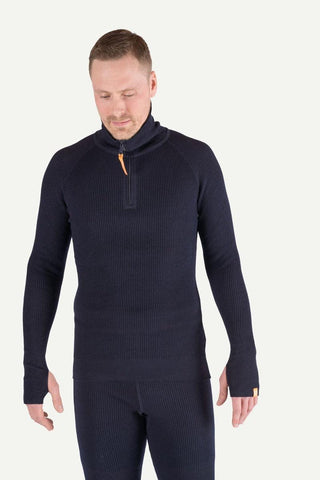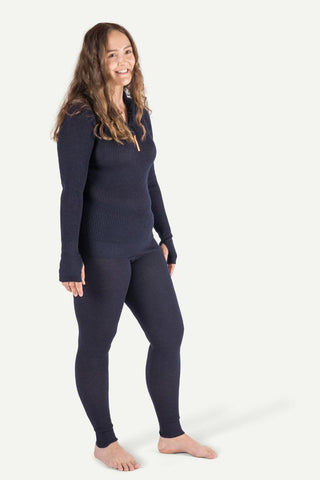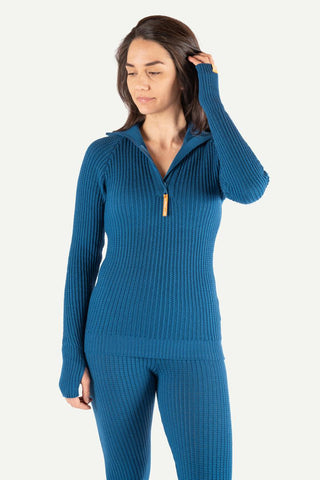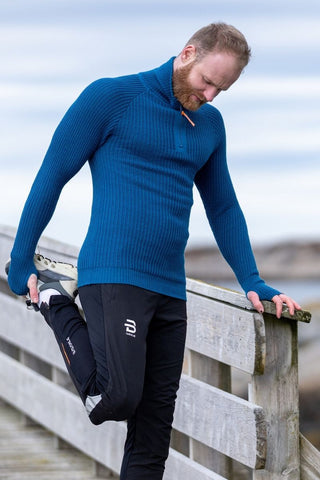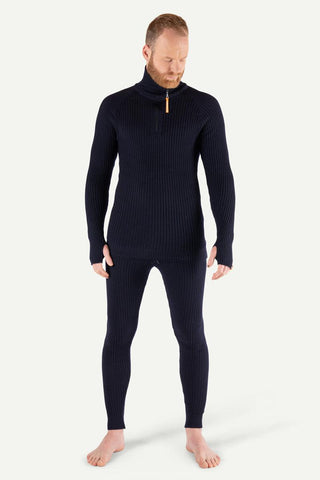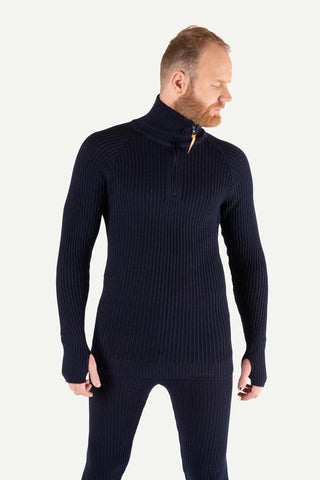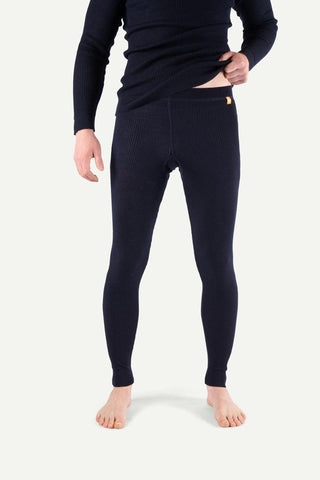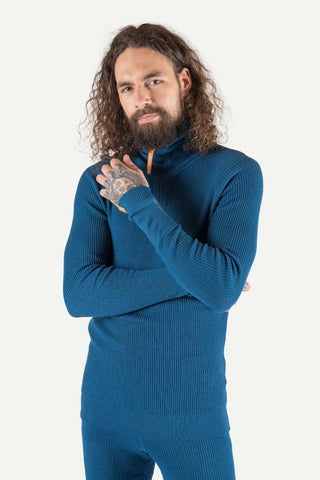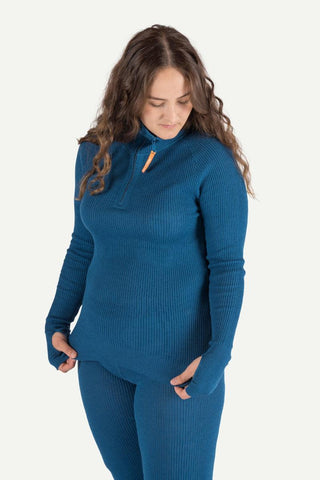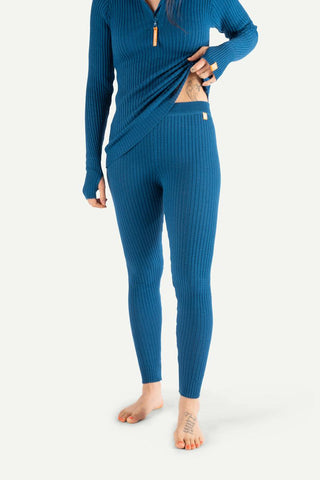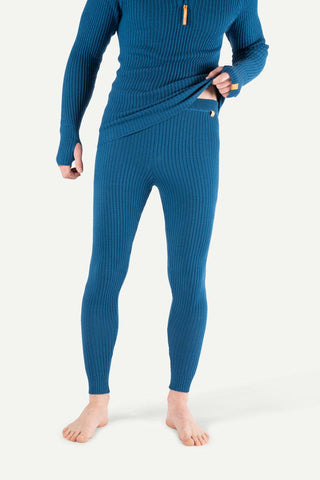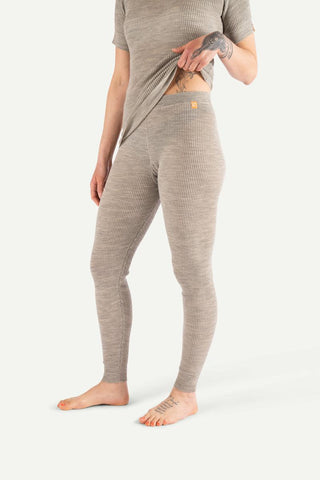The wool underwear that came out best - Thanks to a completely unique knitting method
From a dilapidated old house of worship in the village of Lyngstad, Brit sat knitting the wool sweater that would eventually win awards and come out on top in Sintef reports.
The year is 1995.
Brit gets a call from Arvid Påsche who has heard about a revolutionary wool sweater that kept someone warm in extreme cold down to -40 in Svalbard. He wants to come on a company visit.
Brit modestly replies that she knits her wool products in a basement of an old house of worship.
Arvid takes the trip anyway, because this knitting technique was something he had to look into more closely.
Field testing of Lanullva Underwear
The testing took place in Svalbard, where the wool underwear was used as the only undergarment under a padded snowmobile suit at -23 degrees and at a speed of 60km/h.
For temperature monitoring, sensors were attached to the calf, thigh, abdomen, chest, shoulder, and upper back area.
Evaluation of Lanullva wool underwear
Extreme working environment July 1997
The underwear has been tested by SINTEF and a separate extensive customer group who have used the products under various climatic conditions, and has demonstrated very good thermal properties, with a low degree of sweat accumulation in the clothing during physical activity.
It has been found that wool underwear with a loose structure does not develop/accumulate sweat odor as quickly as many underwear made of synthetic fibers.
The thermal properties of underwear are directly related to the air content of the garment. Or rather, the knitting method. The greater the air content in the garment, the greater the insulating properties of the garment.
Evaluation of Lanullva wool underwear
The products tested were Lanullva and 2 other wool manufacturers in addition to standard cotton underwear.
Execution
The test was conducted at SINTEF Unimed's climate laboratory during the summer and autumn of 1999.
6 people – 1 woman and 5 men – participated in the testing.
The total exposure time was 2 hours in -6 degrees.
They alternated between physical activity for 40 minutes, rest for 20 minutes, before another period of activity and rest.
Thermally assessed, Lanullva scored the highest and was considered the warmest throughout the entire test period. It also kept the subjects warm during rest periods. The cotton underwear is considered the coldest
Of the 4 types of wool underwear, Lanullva products have the best thermal properties, and are considered a product for extreme conditions. The thermal properties of underwear are directly related to the air content of the garments.
"The greater the air content in the garment, the greater the garment's insulating properties." -Research Director, Arvid Påsche.
Briton won Reodor received the wheel award in 1995 for his innovative thinking.
A revolutionary knitting method that keeps you dry and warm, even in extreme weather conditions and high activity.
That's why we always talk about air entering the garment for maximum insulation and ventilation. This knitting method that traps air in every little stitch is what makes our wool even better.


